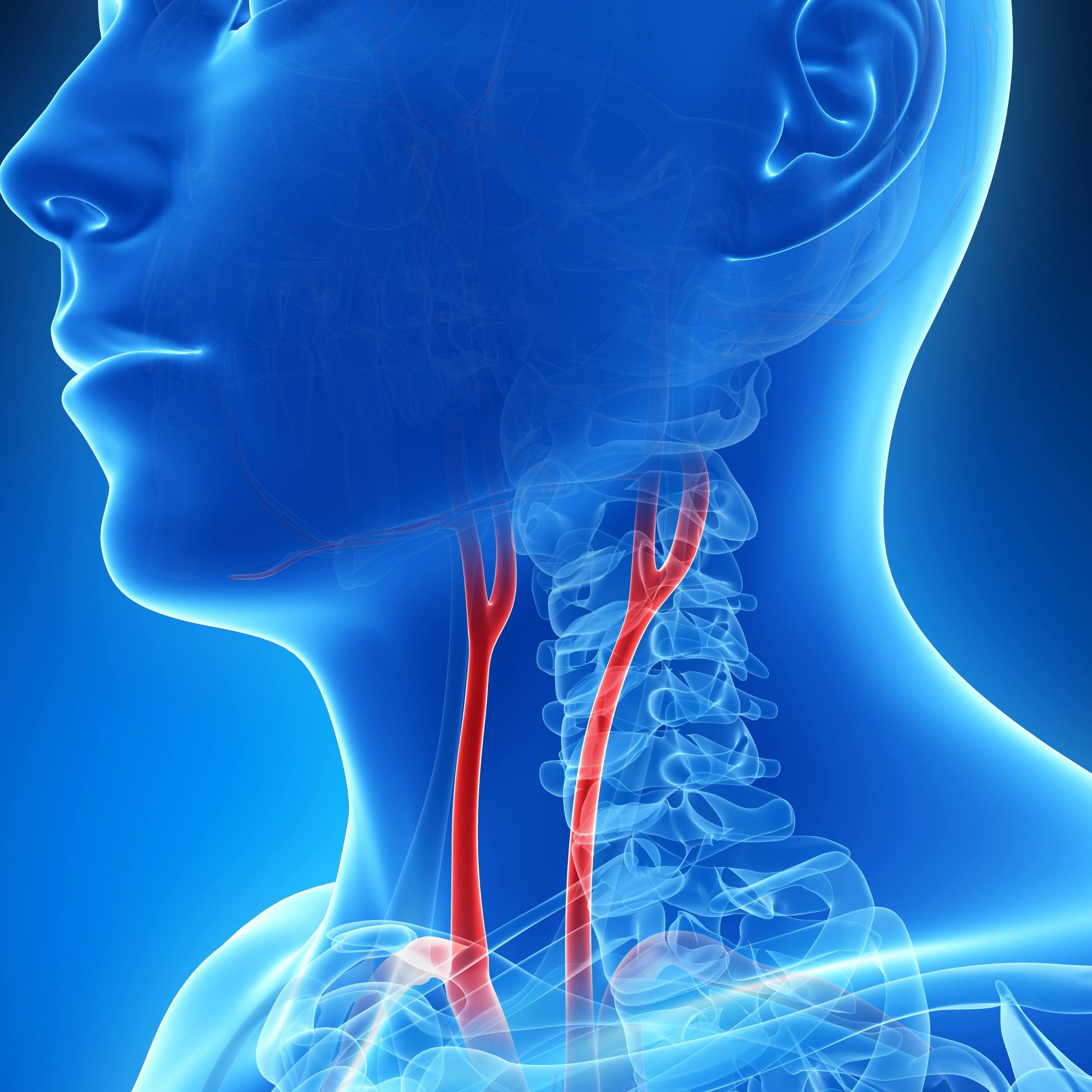-
Mayo Sinus Clinic Offers Answers to Lingering Congestion, Sinus Problems
More than 30 million Americans have episodes of either nasal allergies or sinusitis every year. Vague symptoms such as congestion and facial pressure can be attributed to various problems and often prompt unnecessary self-medication. Doctors at Mayo Clinic say defining the cause of the symptoms is the first step in helping patients breathe easier.
VIDEO ALERT: Video of Dr. Bolger is available on the Mayo Clinic News Network.
VIDEO ALERT: Video de Dr. Guarderas está disponible en Mayo Clinic News Network.
Mayo Clinic has combined the expertise of immunologists and ear, nose, throat (ENT) specialists into a Sinus Clinic which aims to treat a person's entire respiratory system, including problems in the nose (rhinitis) and problems in the sinuses (sinusitis) to provide accurate answers to lingering problems.
"The concept is to look at problems as part of one-airway disease, meaning we look at the individual in full, not just in sections," says Juan Guarderas, M.D., an allergy specialist at Mayo Clinic and part of the new Sinus Clinic. He adds that some patients who have problems in the sinuses can also have problems in the lungs, so an accurate diagnosis is the first step in avoiding complications.
"Getting an accurate diagnosis is very important before proceeding with treatment," says William Bolger, M.D., an ENT specialist at Mayo Clinic who focuses on nasal and sinus conditions.
"The symptoms might feel the same if you have allergies, infection or even polyps in the nose. The person might just have trouble breathing through their nose, so figuring out what is causing the symptom is very important," Dr. Bolger says.
"People think that everybody has allergies — especially allergy to pollen and to dust mites — and that there's nothing you can do," Dr. Guarderas says. "Actually, one of the beautiful things about treating the nose and sinuses is that we can do a lot about the symptoms and the limitations that these diseases produce."
He adds that different triggers, including allergies and the common cold, can cause sinusitis. "About 25 percent of the population has some degree of allergic disease, whether it is mild, moderate to severe," Dr. Guarderas says. "So, either treating or ruling out allergies is an important first step."
Dr. Guarderas cautions against self-diagnosis, because many people attribute face pressure or face pain to either a sinus infection or an allergic response, and begin to take over-the-counter medication without knowing the true cause of their symptoms.
"There's evidence that the quality of life of patients who have nasal or sinus disease is poor," Dr. Guarderas adds, noting that there are different types of sinusitis. "So, a good diagnosis helps to provide adequate therapy and avoid excessive and unnecessary treatments, and that is an important benefit we can provide at Mayo Clinic by using the team approach."
In addition to medication, endoscopy — or visualizing sinus cavities with a small camera called an endoscope — can be used to diagnose and treat nasal and sinus problems. New, minimally invasive ways of reaching the sinuses offer answers to many patients.
"People who come to us after trying medication might find that endoscopy helps us determine the nature of their problem and better tailor medicines — for example, in the case of a bacterial infection that is resistant to certain antibiotics, we can collect a sample of the infection using the endoscope, culture it in the microbiology lab, test it against several antibiotics and determine the antibiotic that will likely address the infection, — in this way we might help the patient avoid surgery by trying a different medicine," Dr. Bolger explains.
Over the past two decades innovations in instrumentation and imaging have helped improve sinonasal surgery for patients. For example, Dr. Bolger explains that surgeons are challenged during sinus surgery due to the variation in sinus anatomy between patients. Now, a map of a patient's sinuses can be obtained via a CT scan and used to guide surgery, potentially increasing safety.







